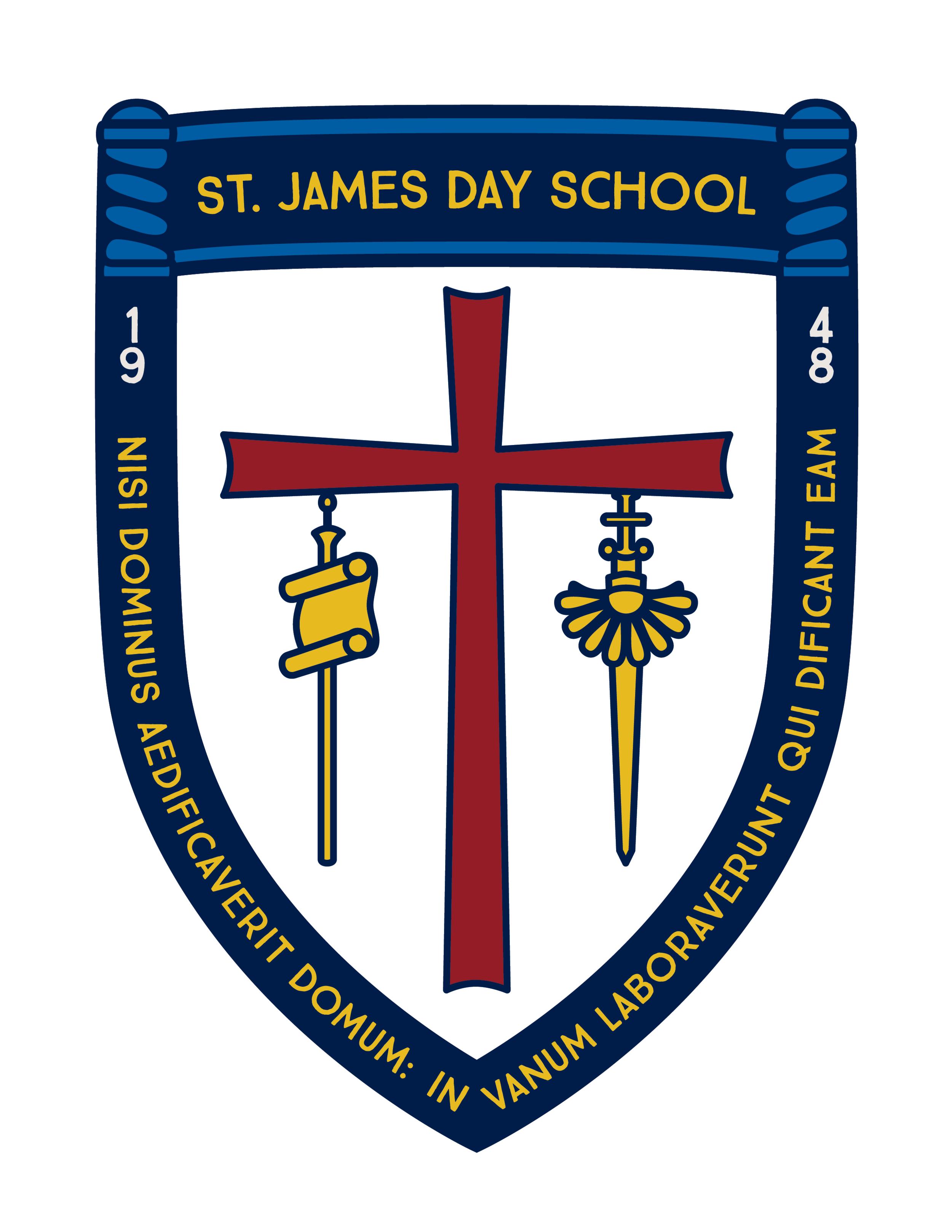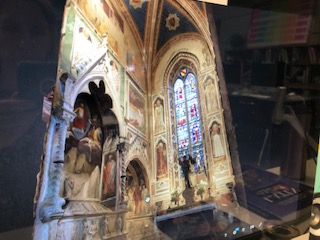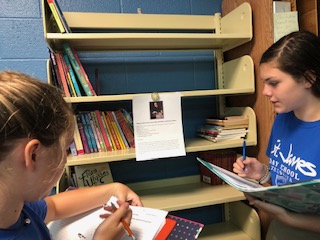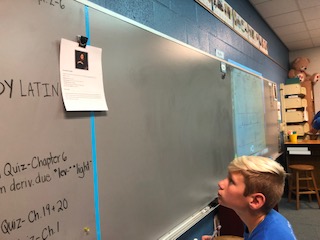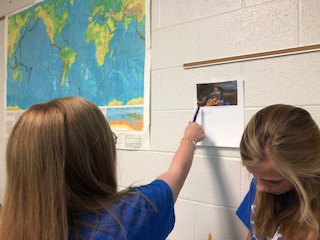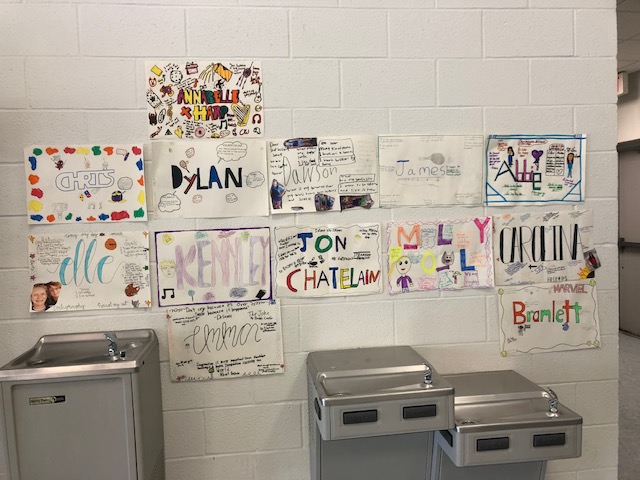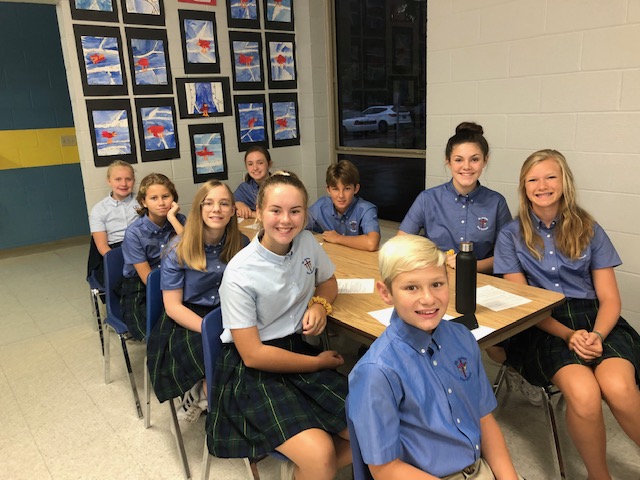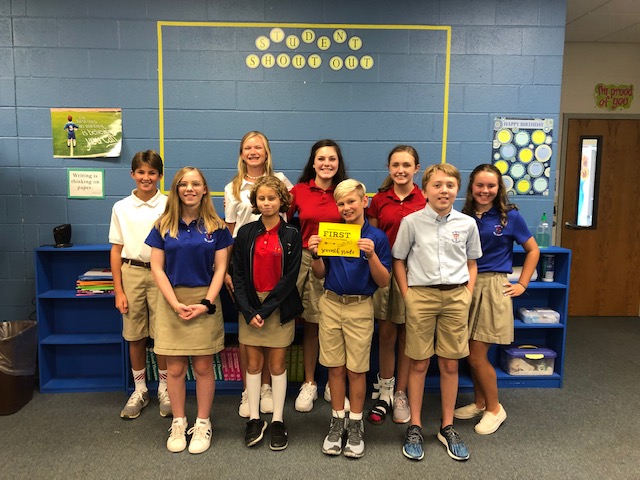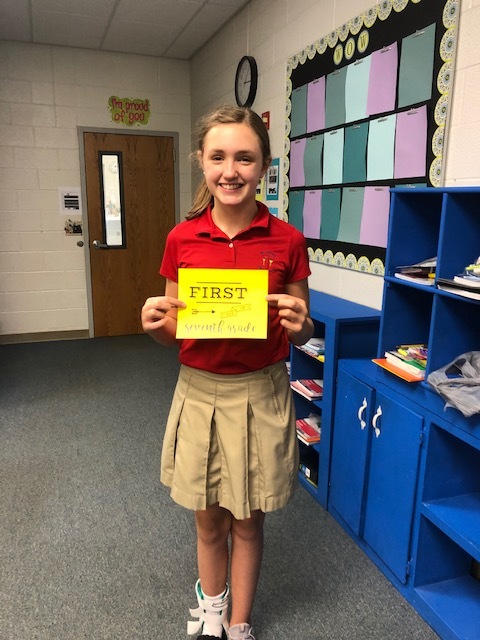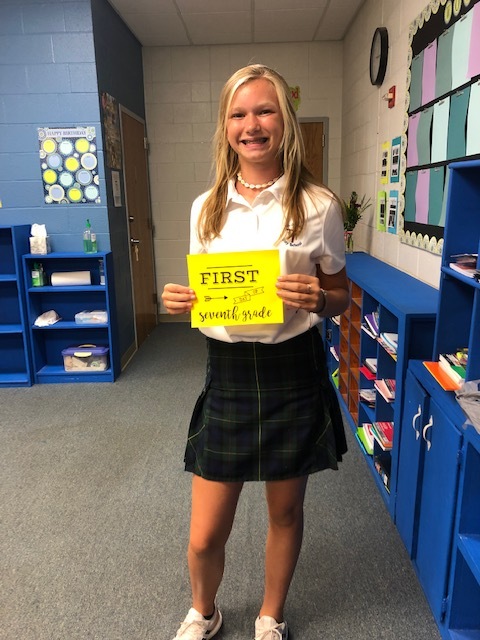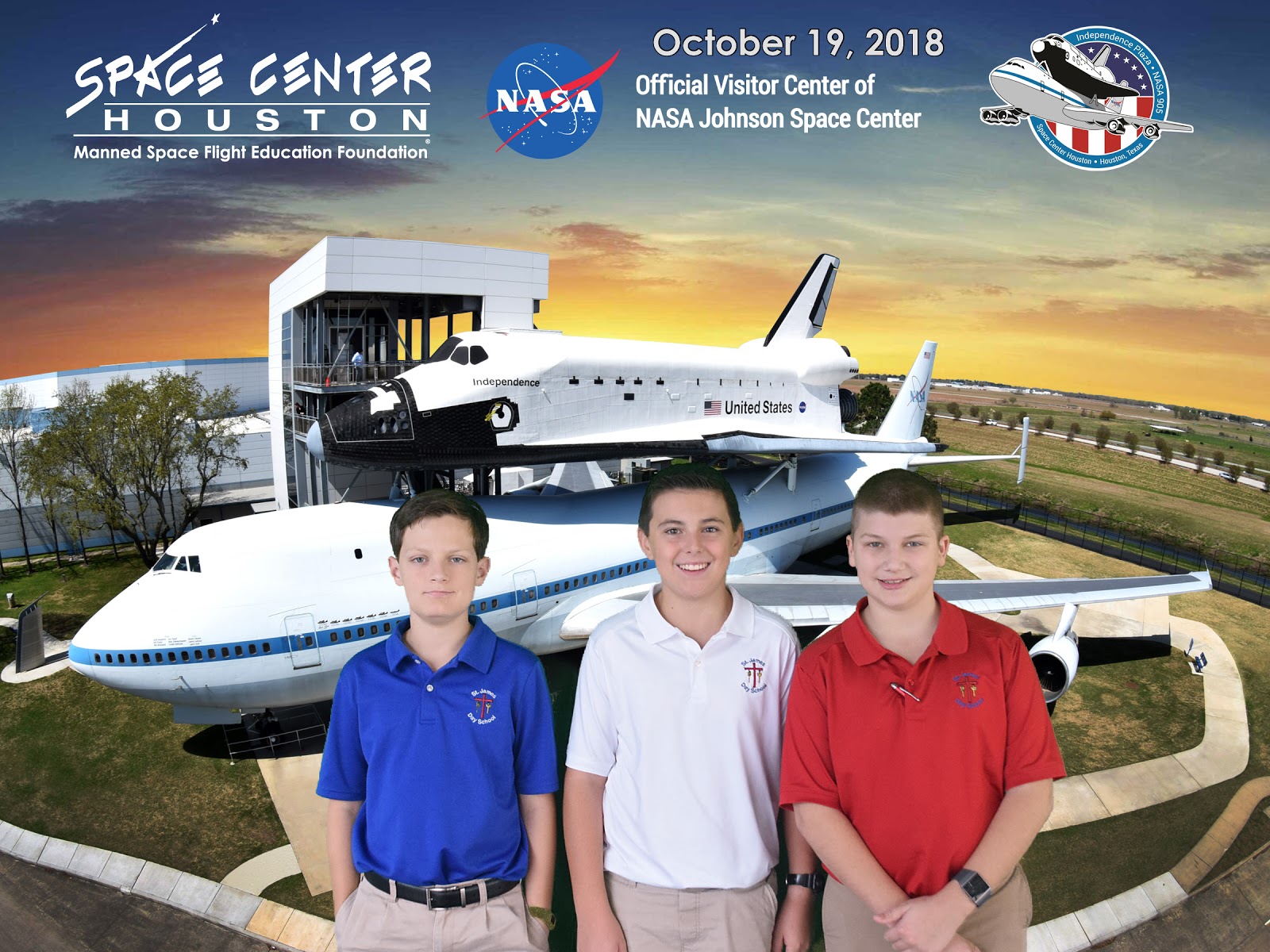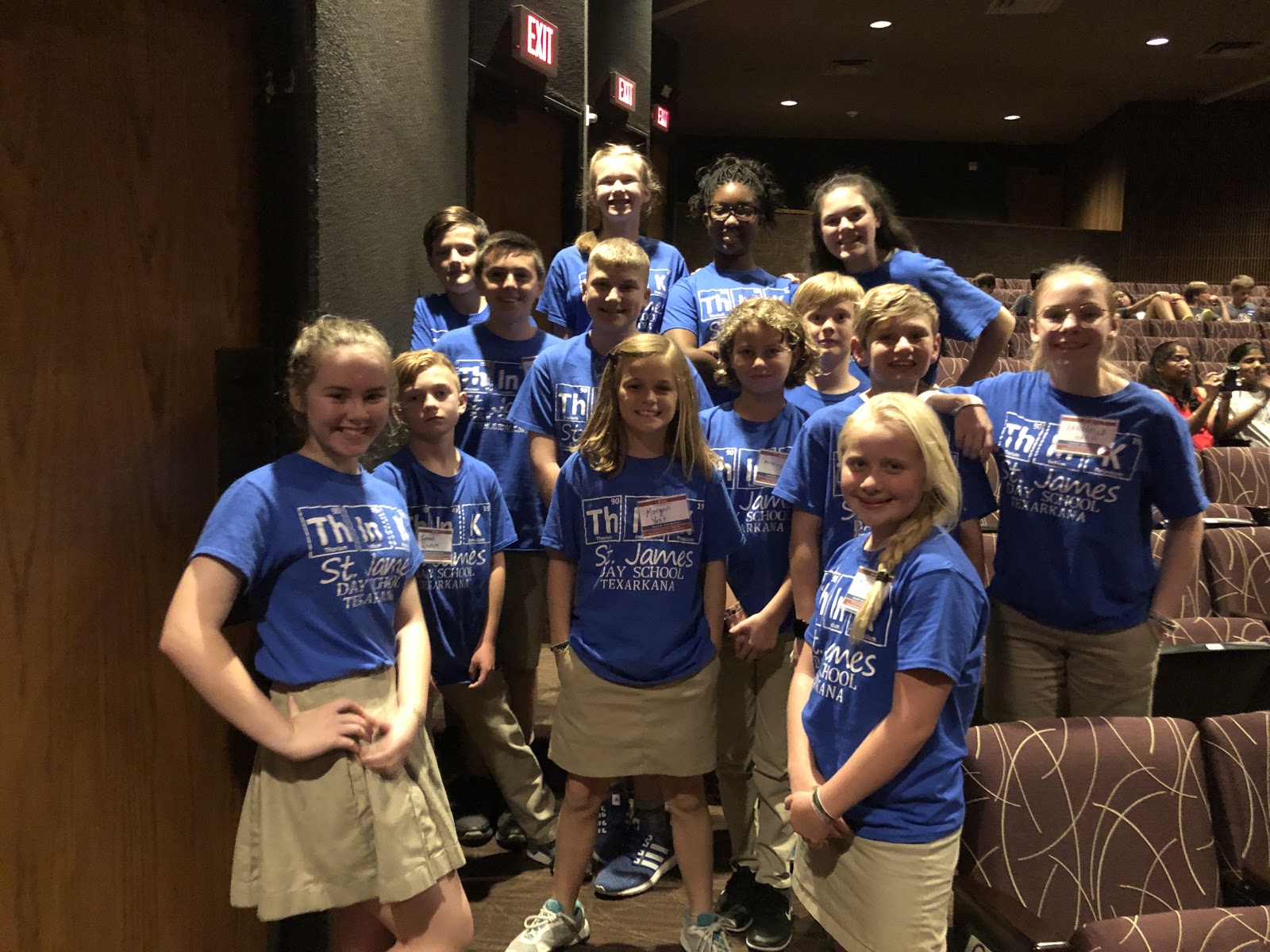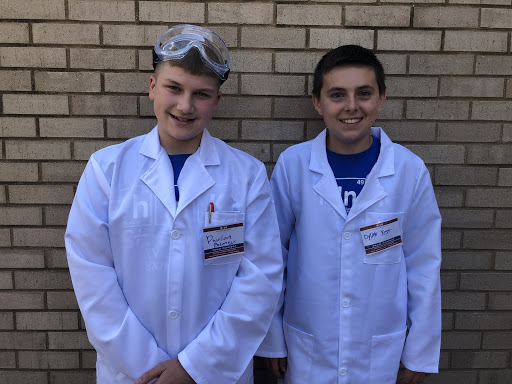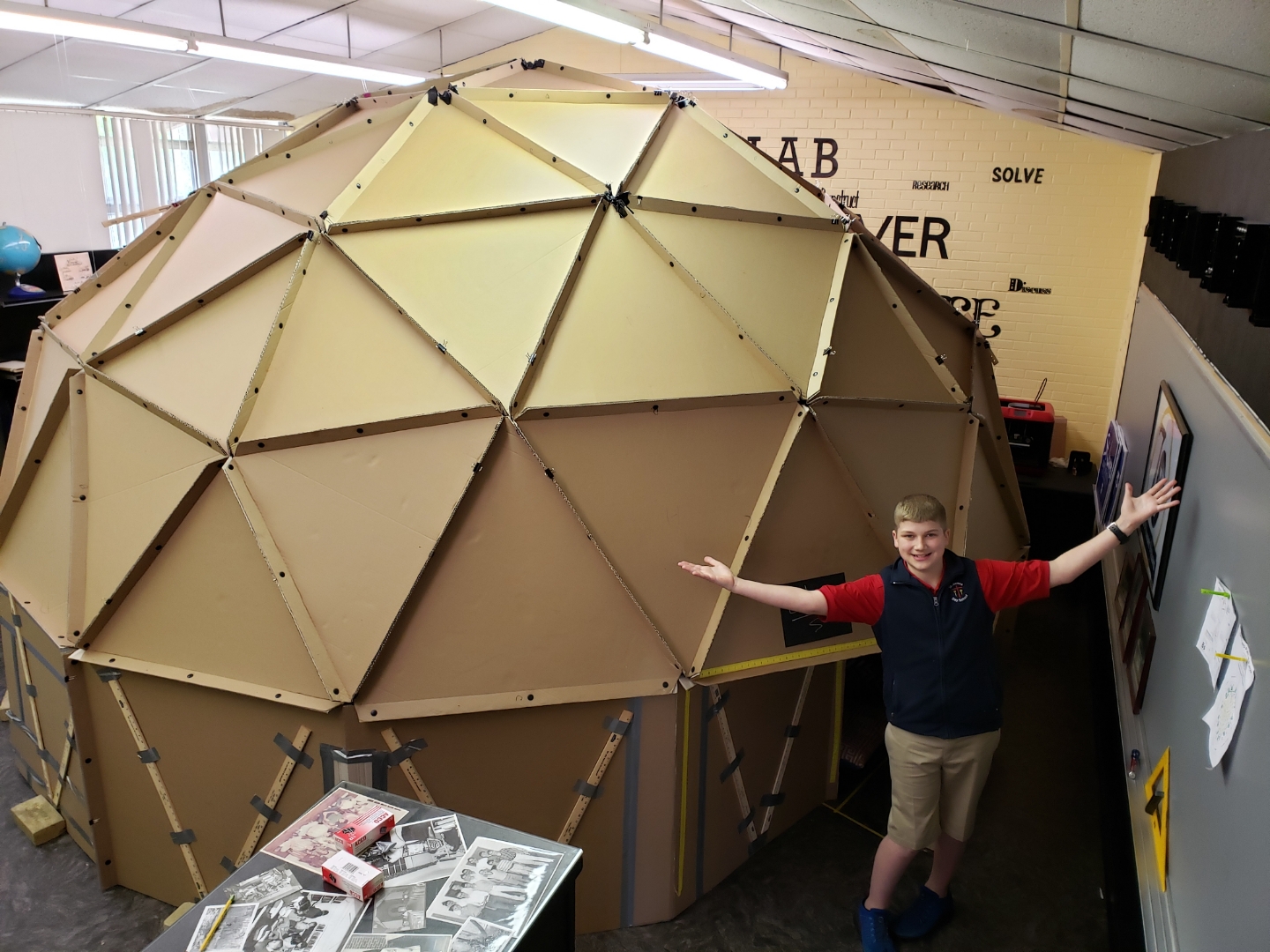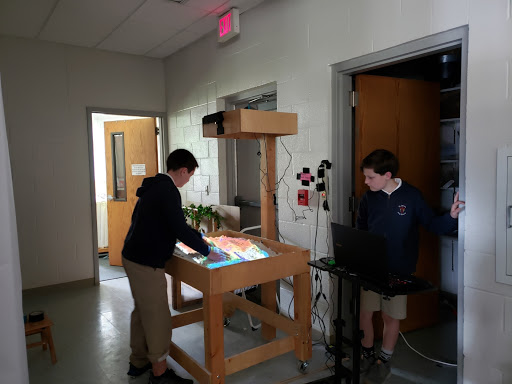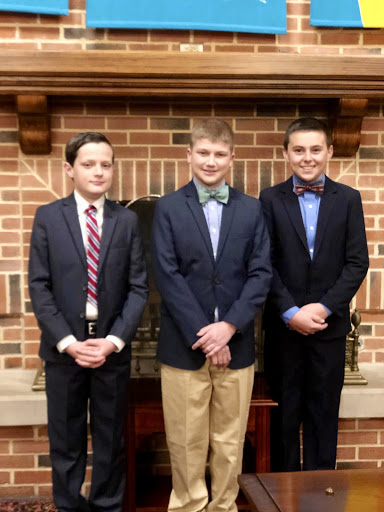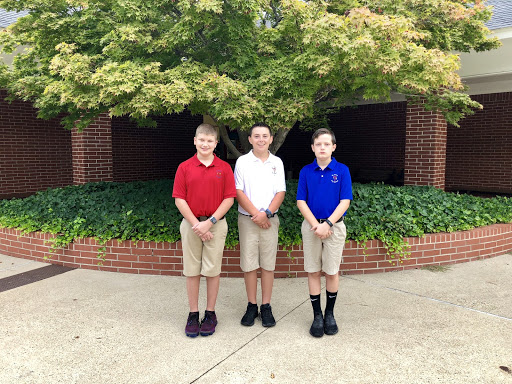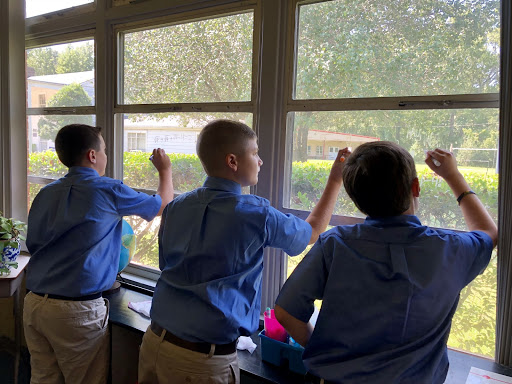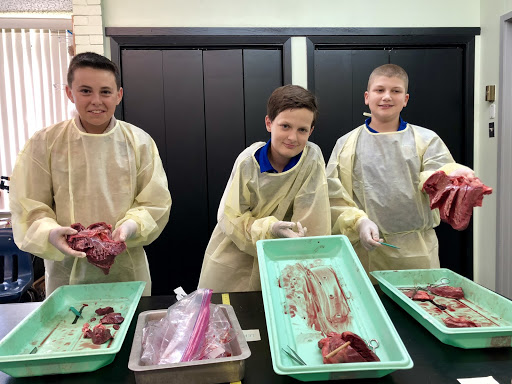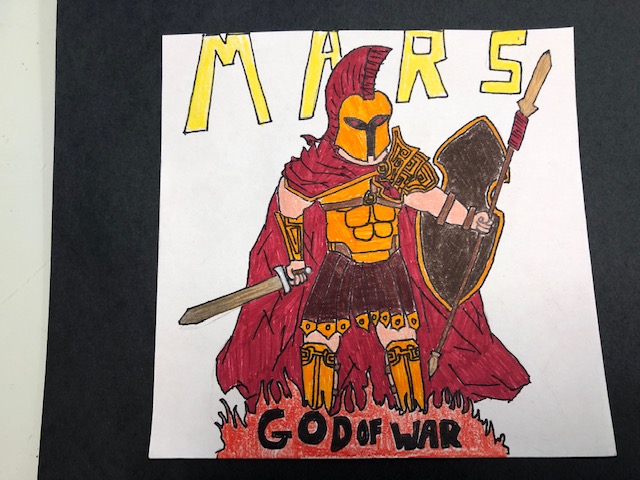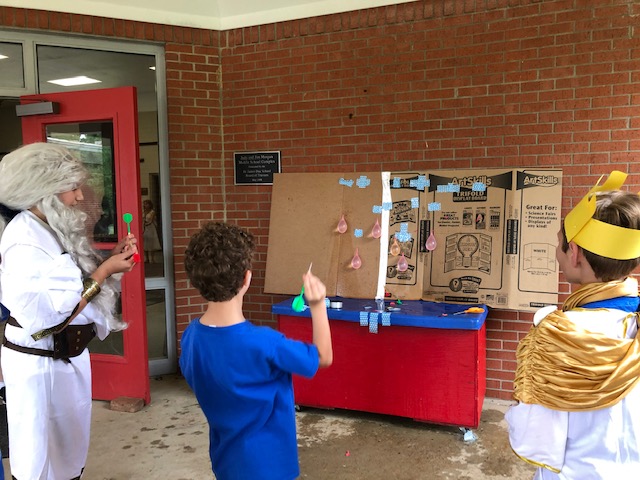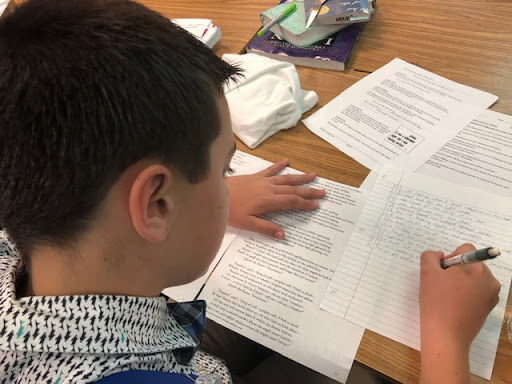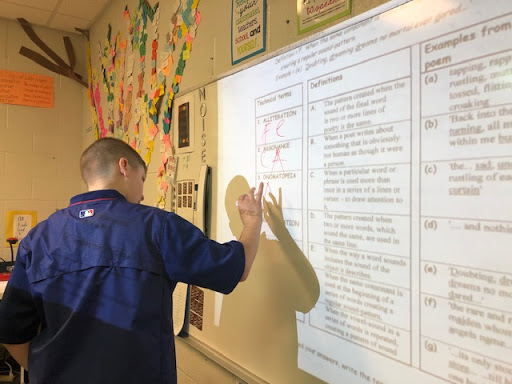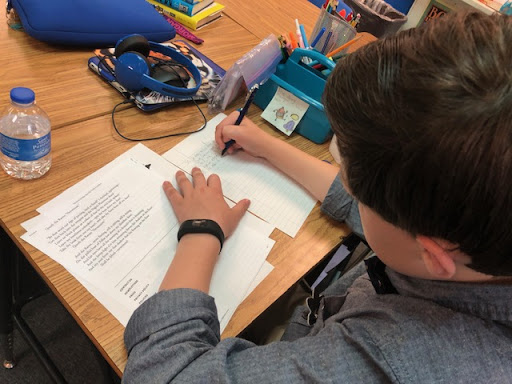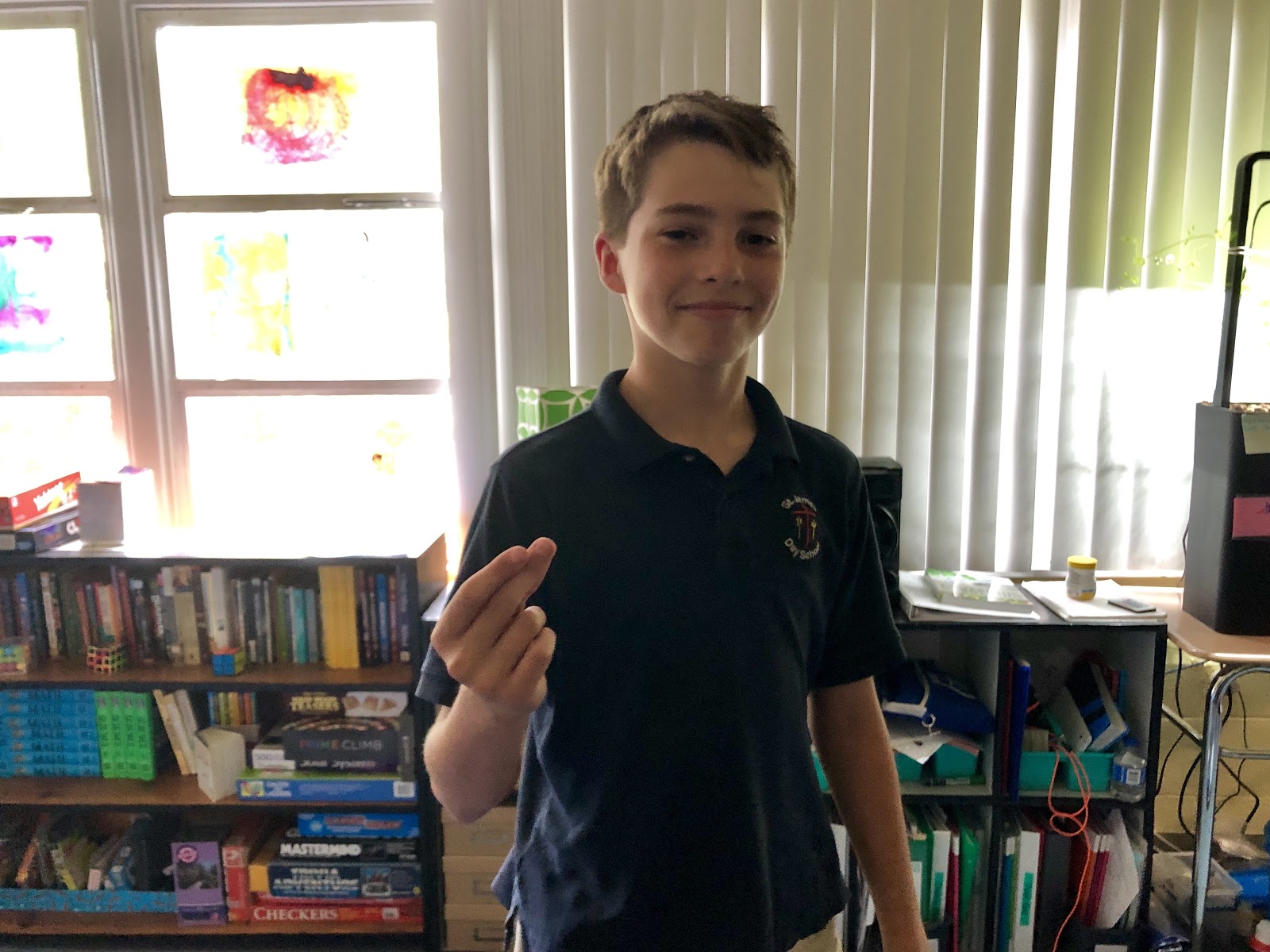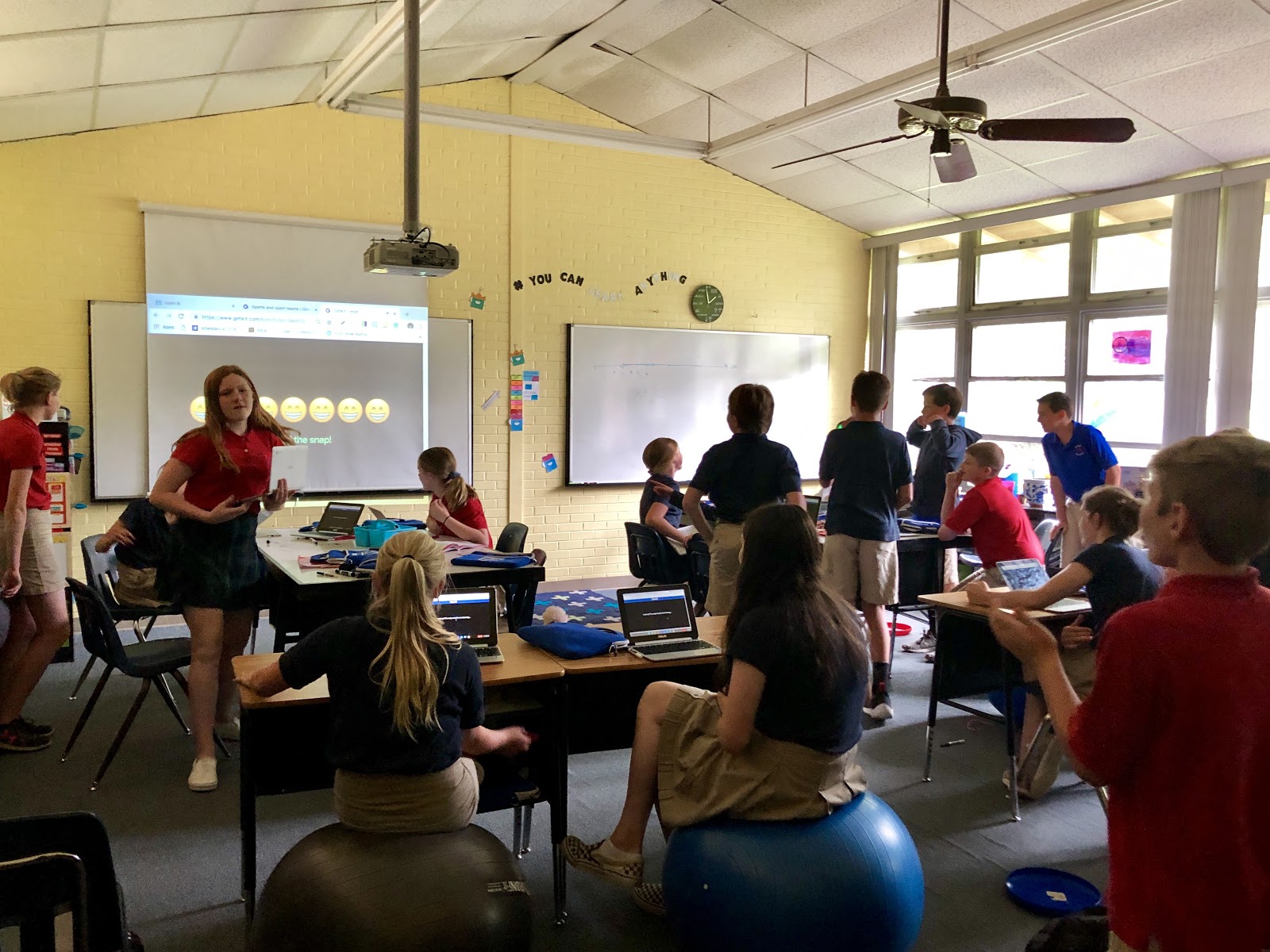By Susie Rogers 5th-8th English Language Arts
What a great time we are having in English Language Arts! I have loved getting to know each one of my students, and I sincerely appreciate all the genuine smiles, warm hugs, and fantastic manners. The family Christian atmosphere is quite evident, and everyone has graciously welcomed me with open arms.
We spent time getting to know one another with a One-Pager activity called, “What’s in a Name?” To introduce this topic, students read lines from the Shakespeare play Romeo and Juliet Act ii Scene Ii where Juliet says this phrase in reference to her family and Romeo’s name. She says, “What’s in a name? That which we call a rose/ By Any Other name would smell as sweet.” Students made connections with the meaning of their own name. They then used their names as the anchor to questions such as “What are your biggest fears?,” What are two goals?,” and “What Bible verses or quotations reveal an aspect of your personality?” Students were so creative with their artistic interpretation of whom they are.
Seventh grade is reading the young adult dystopian novel, The Giver. Characteristics of both utopia and dystopia were discussed along with moral questions of following authority. The students have a novel study packet, which incorporates literary devices and elements, that will be completed in class, and a final project of designing and creating their interpretation of a utopian society. Benefits of daily reading include mental stimulation, vocabulary expansion, stronger analytical thinking skills, improved focus and concentration, and better writing skills.
Here are a few pictures for you to enjoy of first two weeks! These seventh grade students have already impressed me with their maturity, knowledge, and kindness. What a fabulous year we are going to have!
